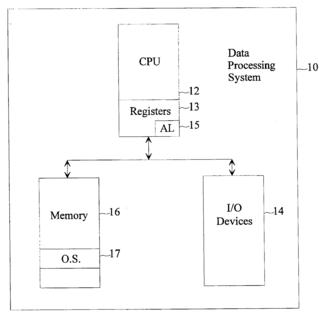
NOT SO FAST - MICROSOFT FAT PATENT ISN'T DEAD: Around the time of April 2004, The Public Patent Foundation filed a reexamination request with the U.S. Patent and Trademark Office, asking it to revoke one of Microsoft's patents (5,579, 517) related to the FAT (File Allocation Table) file system, the older of two main systems used by Windows to store files.
The FAT file system also happens to be widely used by Linux-based Samba servers, which use the FAT file system to serve files to Windows-based PCs as well as by flash memory drives and digital cameras.
Some have worried that Microsoft may claim Linux infringes this or other Microsoft patents and that Microsoft would someday seek royalties. Under the terms of the General Public License, Linux software may not be distributed if it contains patented technology that requires royalty payments (regardless of the amount). Last year Microsoft used the '517 patent as the basis of its first ever licensing program, offering manufacturers the right to use the ubiquitous file system in return for a low royalty rate.
The open-source community was pretty happy when the USPTO rejected the claims due to prior art (which is pretty typical), and was initially upbeat when the Office issued a final rejection in the reexamination. During the course of the reexamination, Dan Ravicher, the Foundation's executive director, urged licensees who'd signed up for Microsoft's FAT licensing program to tear up their contracts, stating "I hope those companies that chose to take a license from Microsoft for the patent negotiated refund clauses so that they can get their money back."
Bad move.
After checking out the office action on the USPTO portal, it actually turns out that all of the prior art rejections have been overcome - the only remaining rejection is a 35 U.S.C. §102(f) rejection, based on inventorship issues raised during the course of filing multiple "swear-behind" declarations. The crux of the rejection is based upon an inventor's statement declaring that he was the "author" of a document being submitted as evidence of prior conception. Without having more evidence, the examiner was forced to assume that being an "author" was tantamount to being the sole "inventor" of the claimed subject matter. Accordingly, the 102(f) rejection was issued, claiming that the other listed individuals weren't actual "inventors."
This should be pretty easy for Microsoft to get around the rejection. All they need to show is that the document authored by the declaring inventor was a collaborative effort, or, in a worst case scenario, strike inventor names from the patent.
A steak dinner says that the USPTO will be issuing the reexamination certificate in less than 6 months time . . .
Wednesday, October 05, 2005
Subscribe to:
Post Comments (Atom)





Looks like this is headed to end up as a statistic on http://www.inventionstatistics.com/Patent_Lawsuit_Litigation_Settlement_Damage_Awards.html
Lourindal Hempen
Post a Comment